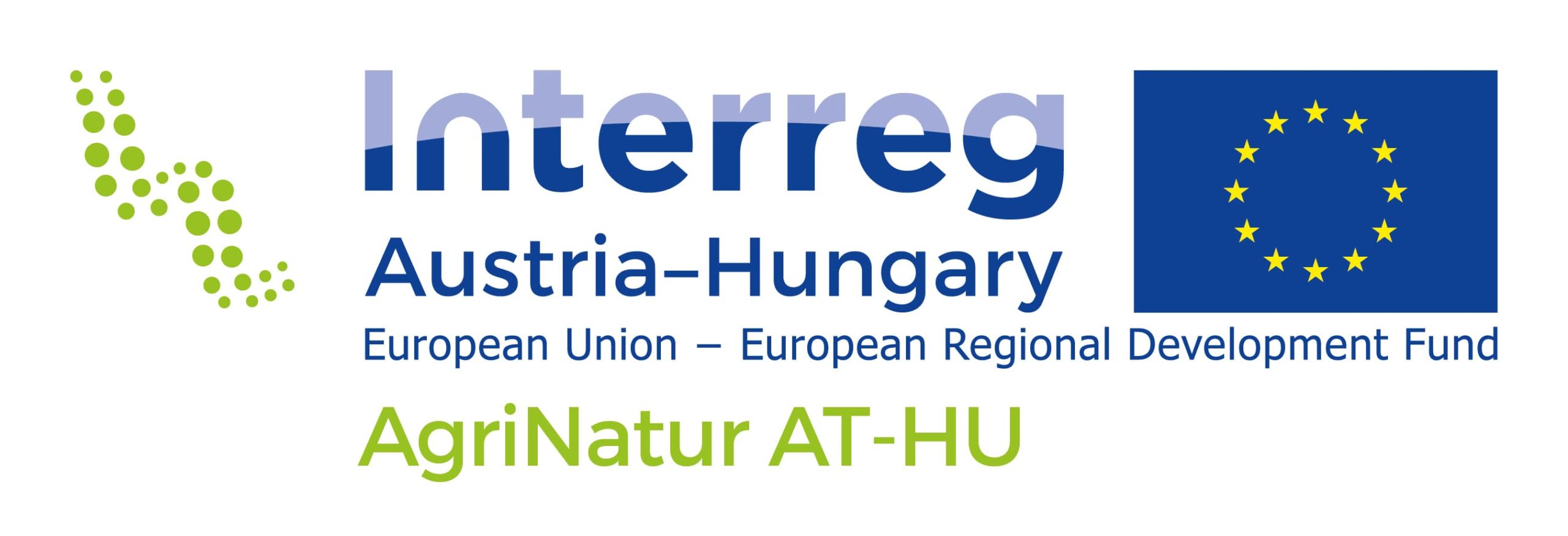Case Study
AgriNatur AT-HU Local Implementation Plan for the Viennese share of the Donau-Auen National Park.
Contact name
DI Susanne Leputsch
Institution name
Vienna, Municipal Department 49, Forestry Office and Urban Agriculture (LP)
Region & country
Austria, Viennese share of the Donau-Auen National Park, Hungary, Natura 2000 area Moson Plain
Summary
Based on the foresters’ experience, a re-zoning plan was elaborated, raising the natural zone to 75 percent. The remaining open land is in the focus of the AgriNatur strategy, based on joint planning with experts and stakeholders. To justify far-reaching decisions in ecosystems and species communities, surveys were conducted on the indicators ground beetles, wild bees, butterflies, birds and field wild herbs. Aspects of research, environmental education, recreation and agriculture were included for a differentiated view. The resulting two scenarios aim to justify decisions for the future. They are perspectives for the remaining one-third of former cropland in the National Park area, now 1.77 percent or 180 hectares, which has been managed ecologically for about forty years.
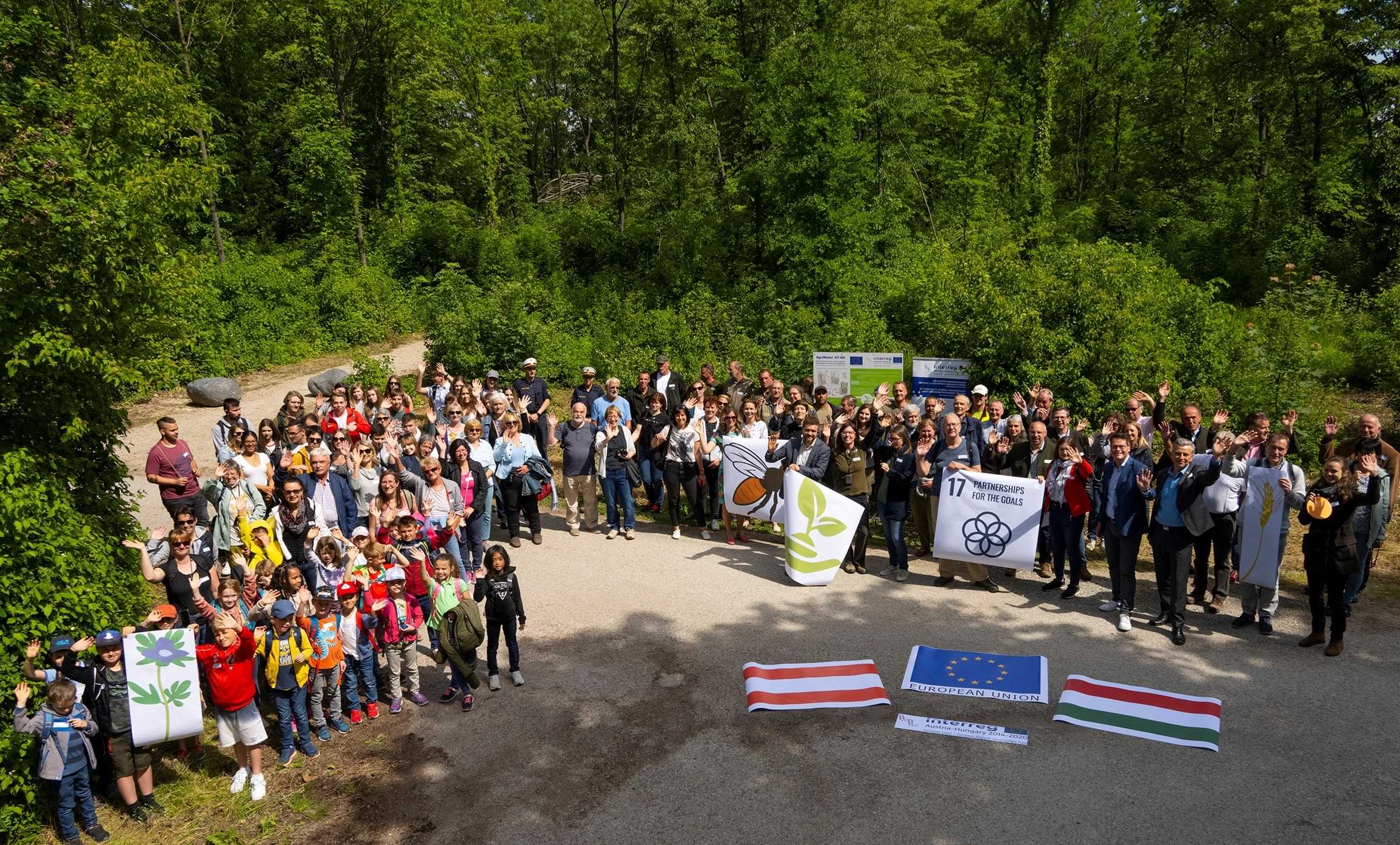
Opening ceremony „Fields of Diversity“
© Kurt Kracher
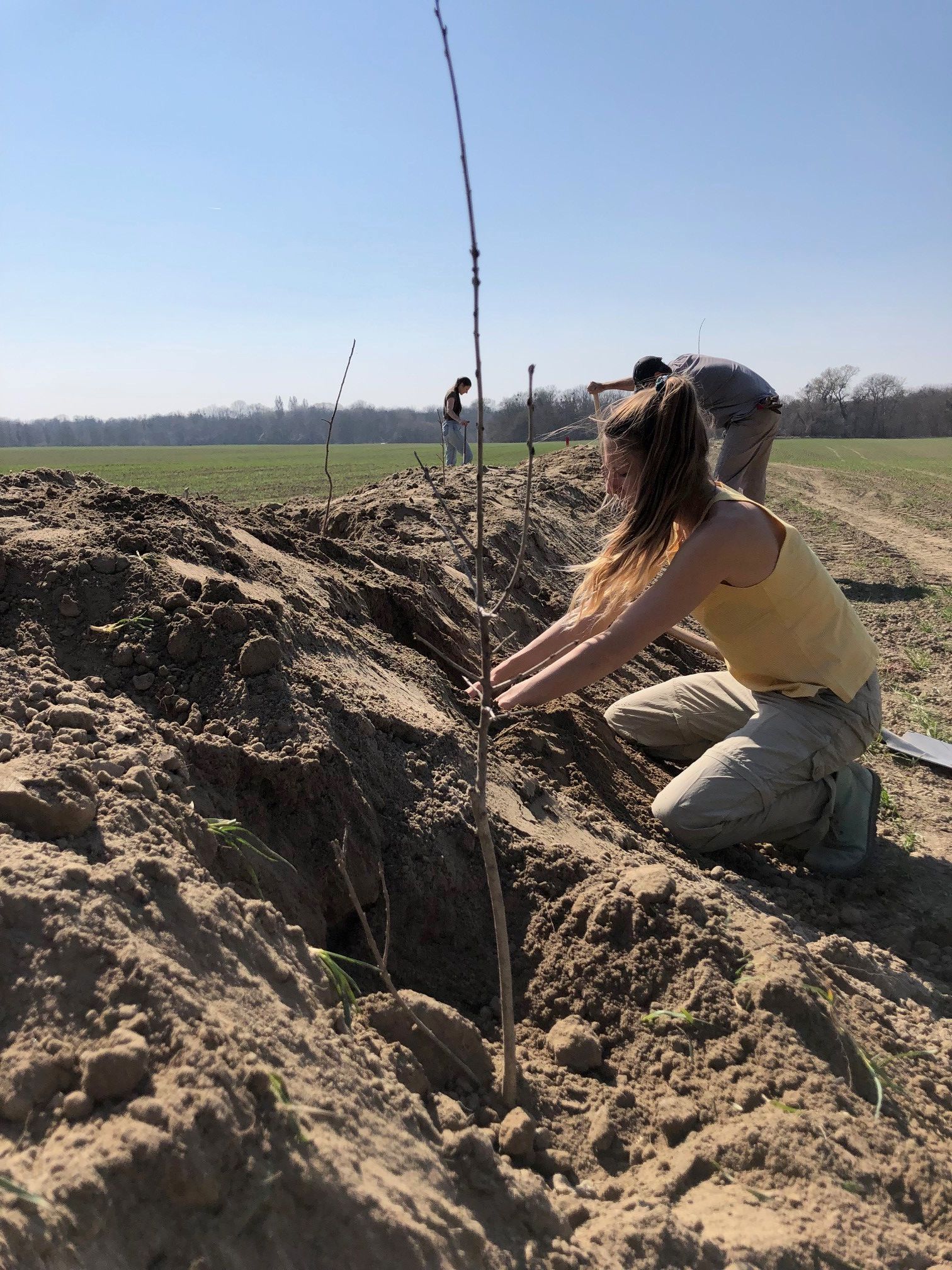
Implementation of pilote feature, field „Wolfsboden“
© Susanne Leputsch
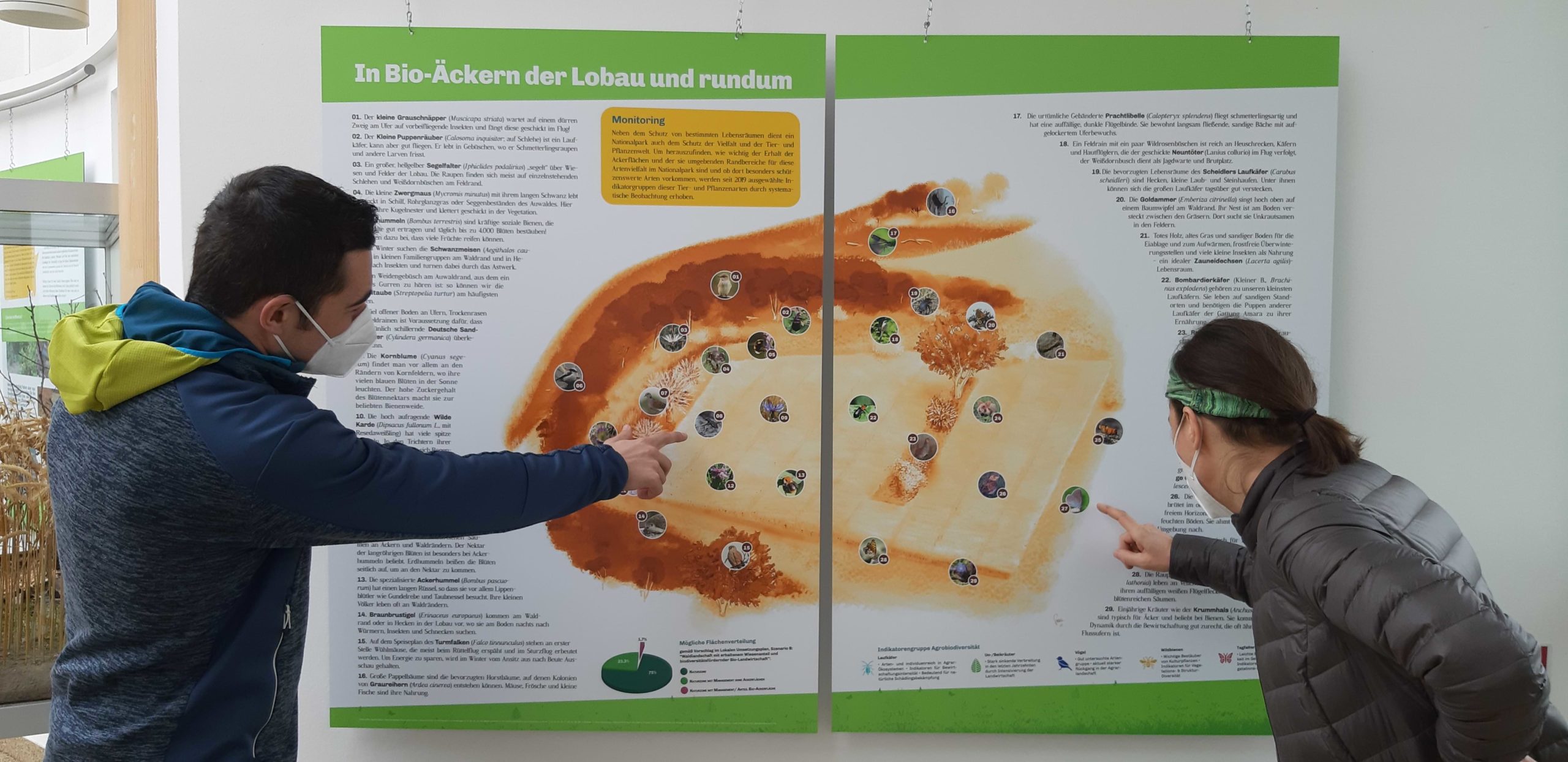
Exhibition board „In and around the Lobau’s organic fields“
© Johann Berthold
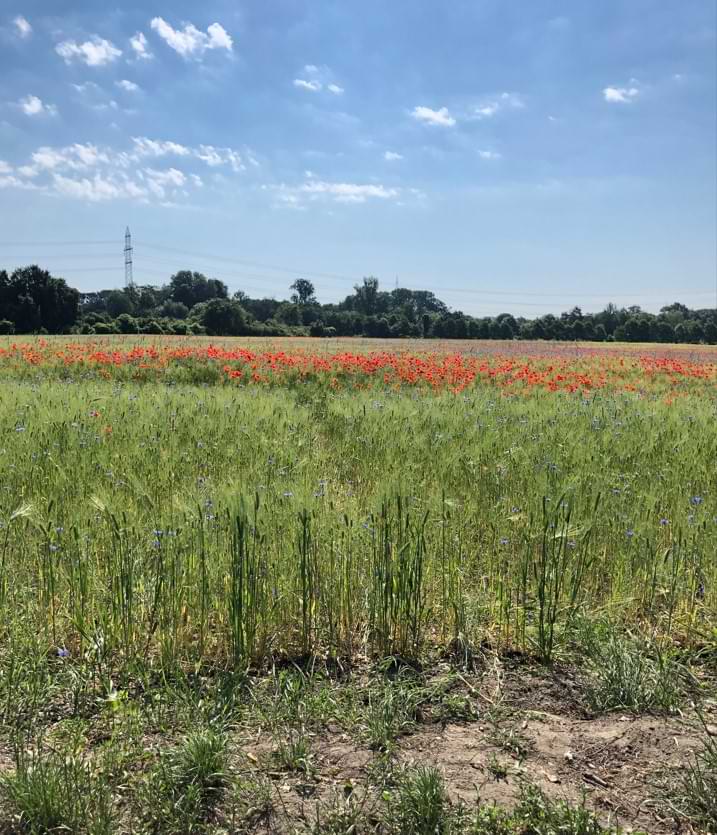
Biofield at the egde of Lobau
© Susanne Leputsch
Background of the project
Vienna is to add significantly more area to the national parks‘ natural zone by the end of a 30-year transition period. Due to the special situation of Lobau as part of a highly dynamic district with increasing recreational and existing agricultural use, this meant a major challenge. Similarly, a deadline of 2028 was set for the agro-economic use. However, this did not take into account the importance of organic areas for biodiversity in the national park and sustainability close to the city.
Mapping comparison between the current and the historical structures of 200 years ago and species surveying showed the importance of the habitat patch with bio fields, mostly its edge zones for a greater species diversity of the target species. The fields positively contribute to visitors’ guidance and
nature experience, its bio-agricultural yields and soils to ensure regional food security as well as circle research. National Park compliant use provides sustainable management funding.
Solution and actions taken
Tailored re-structuring of the fields enhances on-site biodiversity: the creation of structures creates a relief of ditches and elevations are formed, especially benefitting ground-nesting wild bees and tiger beetles. Meadows, trees and shrubs provide flowers, food for butterfly caterpillars, nesting sites and small-scale climatic improvements. Farmland birds such as the red-backed shrike and the whitethroat, which had already declined sharply in numbers, will now be able to find new habitats.
A series of transboundary workshops with experts and stakeholders was conducted. A species survey of selected indicator groups and the inclusion of foresters’ expertise, which led to a proposal to increase the size of the nature zone, served as the basis for the workshop process. Two scenarios were defined with the involvement of the broad decision-making group:
- A. Converting the remaining fields into forests and meadows and
- B. The retention of agricultural use while enhancing biodiversity.
Other institutions or parties involved
Partners: Bio Forschung Austria, Széchenyi István University
Strategic Partners: Municipality of Mosonmagyaróvár, Viennese Municipal Department for Environmental Protection, Neusiedler See-Seewinkel National Park, Metropolitan Area Management Vienna – Lower Austria (SUM), Nature Protection Association of Szigetköz Region, The Department of Rural Development Office of Lower Austrian Provincial Government, Fertő-Hanság National Park, and numerous further experts for the Donau-Auen National Park.
Results
The gained knowledge is a base for decision-makers. The majority of involved experts and stakeholders prefer the scenario of enhancing biodiversity. It would especially benefit the periurban part of the National Park. Furthermore, another result of the project includes newly implemented visitor sites „Fields of Diversity“ outside the National Park. They shall raise awareness, offering education and recreation facilities that likewise can reduce the negative impact on the National Park itself.
Challenges
Maintaining the process during the Corona pandemic was possible with the help of online meetings and newsletters.
Lessons learned
More than 360 of the 516 surveyed species benefit from the existing habitat patch. Broad-based discussions, high-quality facts and open-mindedness effectively contribute to find innovative solutions together. Such a solution could be a biodiversity-enhancing model agricultural management promoting biodiversity, education, research, sustainable food security and management financiation. Success is dependent on the willingness to change perspectives.
Other resources
-
Special exhibition AgriNatur AT-HU:
https://www.bioforschung.at/wp-content/uploads/2020/02/AgriNatur_Sonderausstellung_20220214_A3-EN-ansicht_compressed.pdf -
Video Project AgriNatur AT-HU
https://youtu.be/n87XZUvDlBc -
Video Pilote implementation AgriNatur AT-HU
https://youtu.be/fRxhqDvcHS0 -
AgriNatur AT-HU - Local Implementation Plan for the Viennese share of the Donau-Auen National Park
https://cbc.wien/sonstiges/Agrinatur%20Projekt/Fin_Englisch_2022007_Collection%20document%20AgriNatur%20ATHU_Optimized.pdf -
Collection document Challenge Results Reports Voices. AgriNatur AT-HU Strategy for biodiversity by anthropogenic management for nature protection areas
https://cbc.wien/sonstiges/Agrinatur%20Projekt/TBK_Agrinatur_LUP_AT_Final%20Report_April2022_English_Optimized.pdf
Contact name
DI Susanne Leputsch
Institution name
Vienna, Municipal Department 49, Forestry Office and Urban Agriculture (LP)
Website(s)
